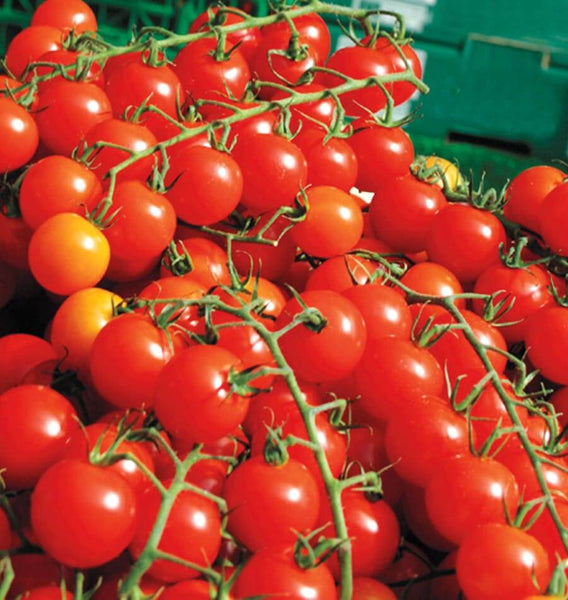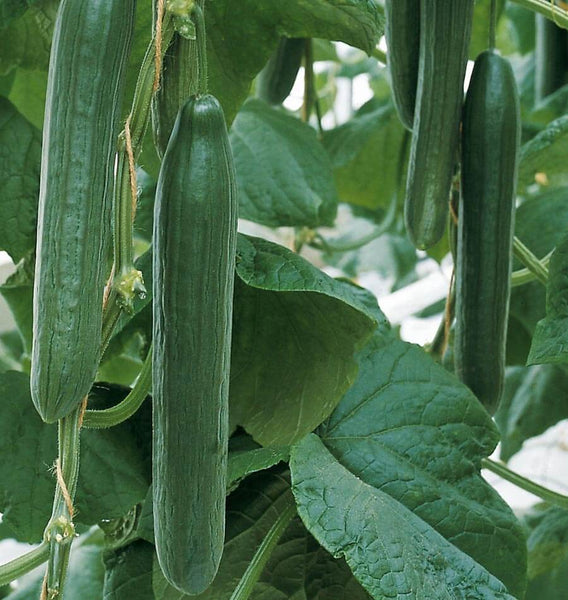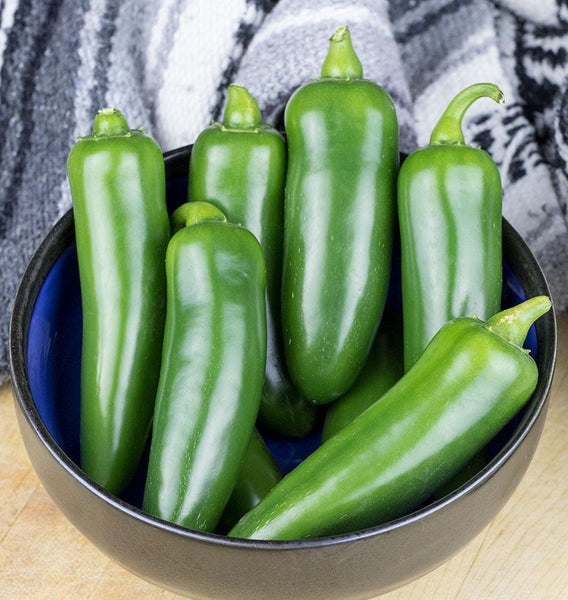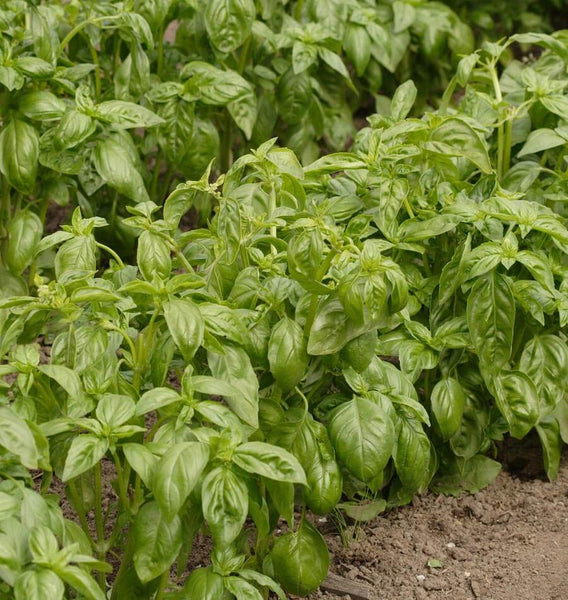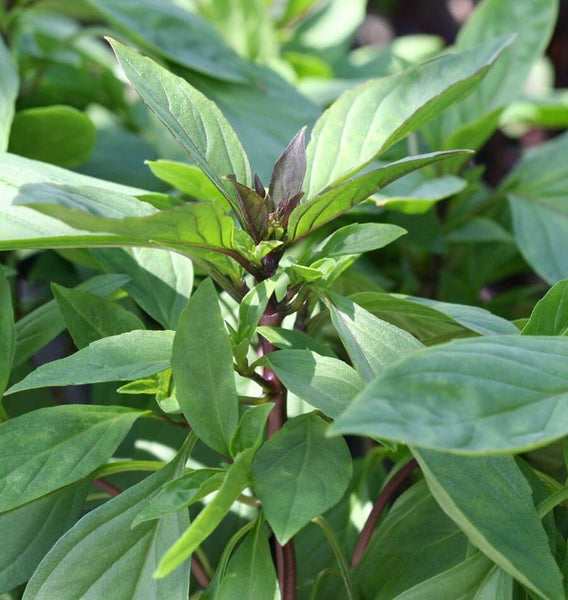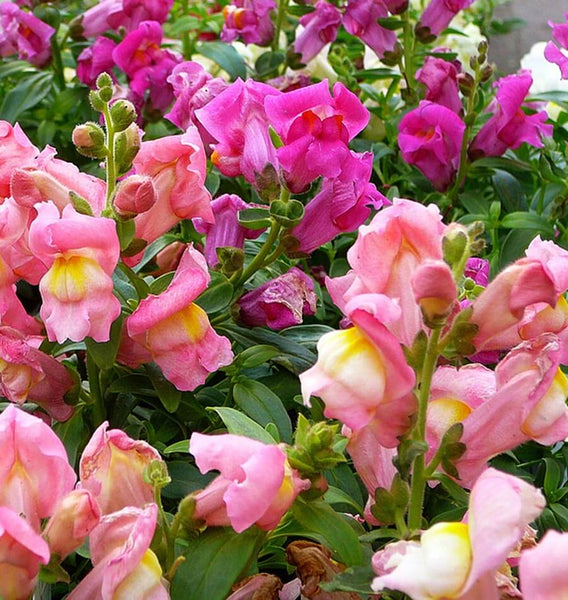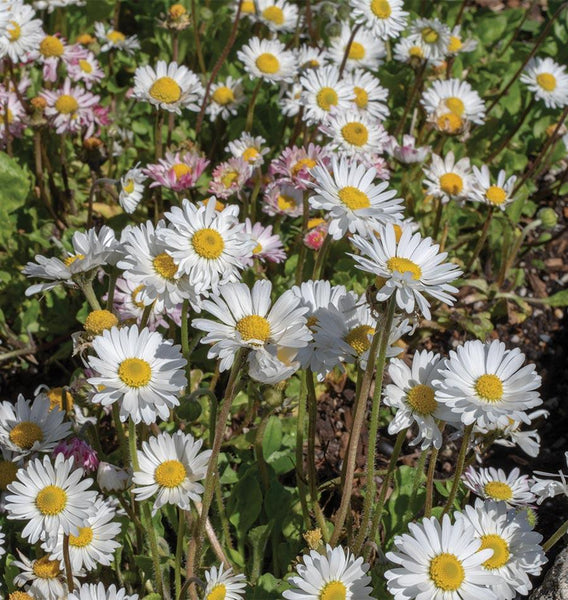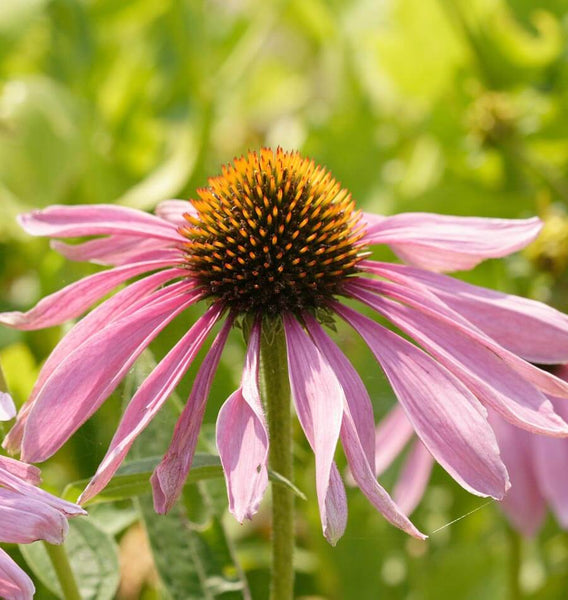Basil is a heat-loving annual plant grown for use as a culinary herb. Many varieties exist, with subtle differences in flavour, growth habit, leaf colour, and so on. All have a rich, pungent taste and scent reminiscent of anise and cloves. This plant has been cultivated for over 5,000 years, originally from India to Persia, but has spread globally. The ancient Greeks knew about basil and its culinary and medicinal properties. Curiously, many ancient Romans believed that basil seeds would not germinate unless without first being cursed.
Though we tend to think of it as an Italian herb, basil is a very common ingredient in the cuisines of Southeast Asia where Thai Basil and Holy Basil are more common, with their undertones of mint and licorice, and slightly more intense flavour. In Pakistan, Holy Basil (O. sanctum) is grown near the entrances of some homes in an effort to keep evil spirits from entering. Several compact varieties of basil have also been bred. These tend to form tidier plants with smaller leaves, but with every bit of flavour.
The plant owes its aromatic and variable nature to a complex combination of chemicals, expressed uniquely in each variety. Many of the components that distinguish the different varieties of basil are also found in the foods they resemble. For instance, the clove-scented basils contain higher proportions of a chemical called eugenol, which is also found in cloves. Lime basil contains significant quantities of citral, which gives lemon and lime peel its distinctive smell. Anethole is the chemical that gives basil its licorice-like aroma, and anethole is also found in anise, true licorice, and fennel. This game of scents demonstrates one aspect of plant chemistry in plain, easily observed terms. It also offers a worthy and educational challenge for kids.

Regardless of the variety, basil’s rich flavours combine well with acidic fruits, including tomatoes. A simple salad of fresh sliced tomatoes, torn basil leaves, salt, and pepper is a unique and heavenly summer treat. In south Asian cuisines, basil often accompanies acidic lime juice and acrid fish sauce as an intense background, accentuated by chilies and other ingredients. The leaves really should be torn, and not chopped, to preserve the essential oils they contain. Basil is an ingredient to add at the end of cooking, so these oils are not lost among other flavours.

Basil will not tolerate frost — it will, in fact, dissolve into a gooey blackened mess if hard frost is allowed to touch its delicate leaves. The best end-of-summer method of preserving large amounts of basil is to combine the leaves with a smaller amount of Italian parsley, crushed garlic, pine nuts, some grated parmesan cheese, and a bit of olive oil: Classic Genovese pesto. This can be bottled for use over winter, and will transform pasta dishes, dips, and salads. It is very easy to make.

How to Grow Basil:
Difficulty: Moderately easy. Basil is well suited to container growing.
Timing: Sow indoors 6-8 weeks before last frost for transplanting in early June, once the soil has warmed. At this time, basil can also be direct sown, as long as the soil is warm.
Sowing: Sow shallowly, 1cm (½”) deep. If sowing indoors, seeds benefit from bottom heat. Basil requires direct sunlight. If you can’t grow from seed indoors in a south facing window, provide supplemental light with fluorescent tubes or grow lamps to prevent leggy, weak seedlings. Aim for numerous thinned plants to grow about 30cm (12”) apart in the row. This allows room for the plants to become vigorous and bushy. For dwarf types, 15-20cm (6-8”) should suffice.
Soil: Well drained, rich, loose, warm soil is best. Raised beds help with both drainage and warmth. Basil is tolerant of a wide pH range: 5.0 — 8.0. Use 1 cup of complete organic fertilizer for 3m (10’) of row. Or direct sow once soil has warmed in early June.
Growing: When plants are 15cm (6”) tall, pinch out growing tips to produce bushier plants — the leaves are what you want to cultivate, not the delicate, attractive flowers. If basil plants begin to bloom, pinch off flowering tips to prolong the vegetative growth period. Grown in insufficiently rich soil, basil will produce pale leaves. Aim for deep green, robust looking leaves by amending soil prior to transplanting or direct sowing. Drainage is key, but this must be balanced by ample water during hot spells.
Harvest: Pick leaves as needed, or harvest whole plants at the end of the season for pesto or freezing.
Storage: Basil can be dried, but much of the complex flavour is lost, so it is perhaps better to tear the leaves and tuck them into ice cube trays. Pour in some water and freeze the cubes, and then store these in a plastic bag or other container in the freezer until use. This will preserve more of the herb’s aroma and fresh flavour.
Seed info: The CFIA standard for germination of all herb crops is 50%, but basil seeds should maintain a much higher rate for up to 5 years, if stored in a cool, dark, dry location.
Growing for seed: Basil flowers are pollinated by insects, and the different varieties may cross-pollinate. For purity of each variety, isolate by 50m (150’).
Pests & Disease: The strong scent of basil repels many insect pests (it is a common ingredient in insect repellents), but the young plants may be attacked by slugs. Aphids and whitefly can be a problem. If Fusarium is present, look for a Fusarium-resistant variety. Burn all affected plants. In very damp conditions, Botrytis can damage plants — it shows up as a grey mould. Prevent with good drainage and thinning to improve air circulation.
